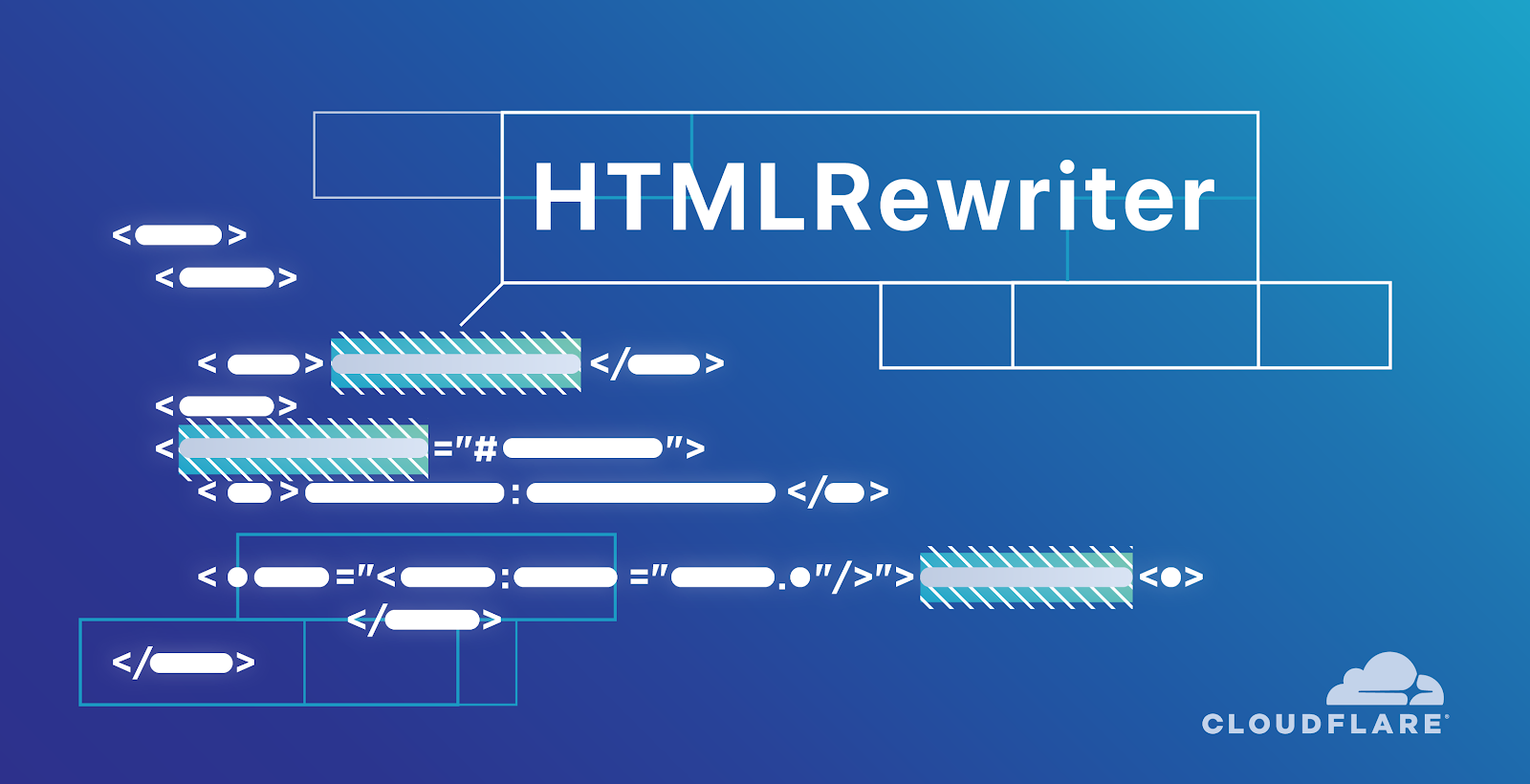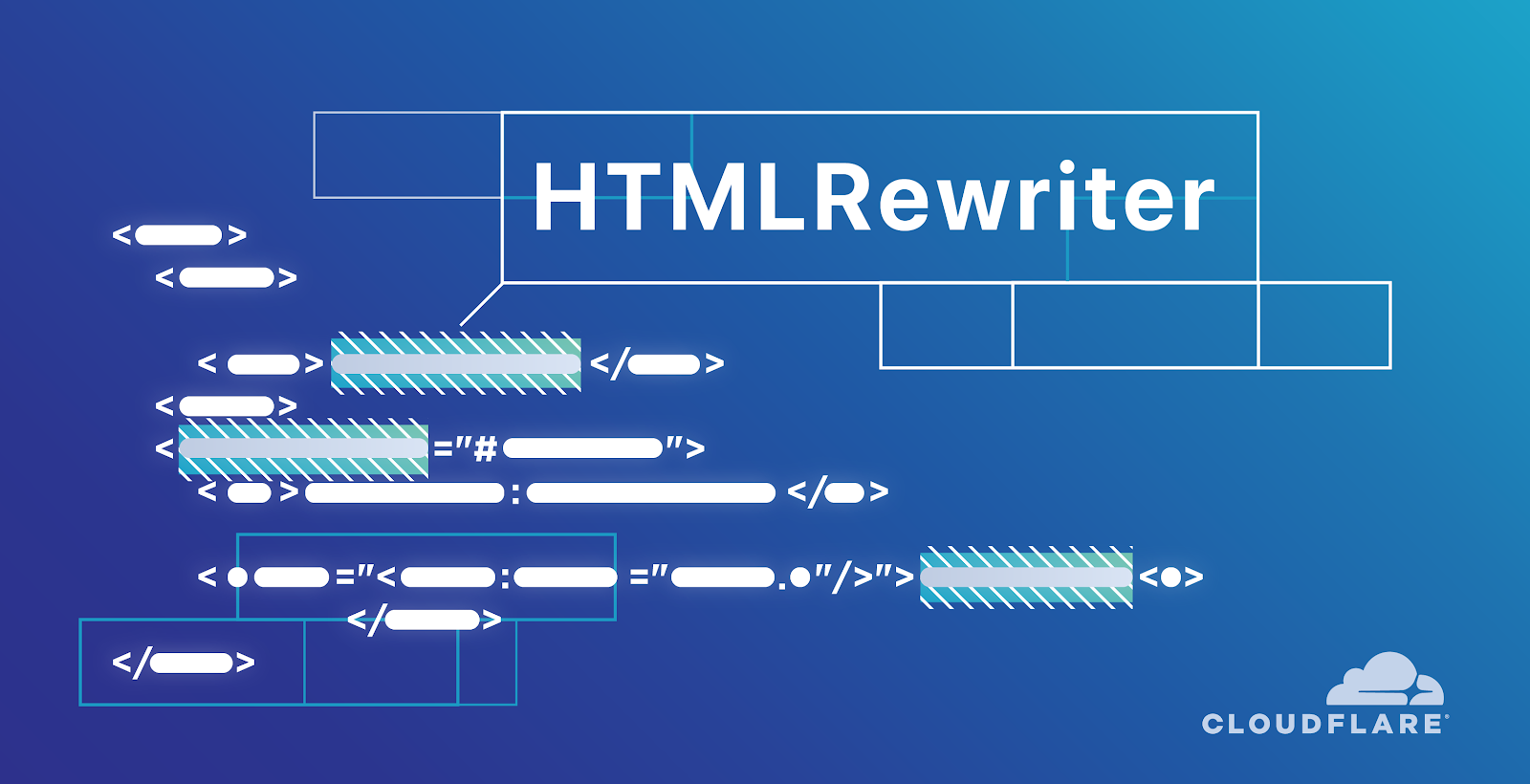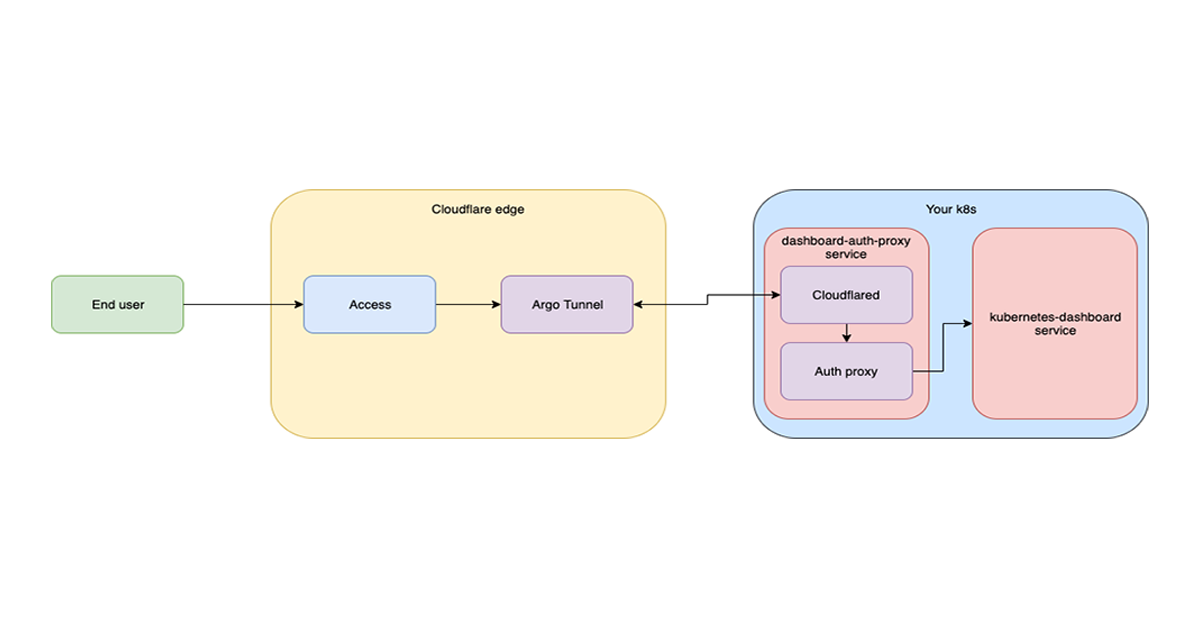0
It’s a constant battle to keep your Windows estate updated and secure. Using Red Hat Ansible Automation Platform and Chocolatey, you can easily keep your software up-to-date and react quickly to bug fixes, security issues and 0-days on dozens, hundreds or thousands of nodes.
We’re going to take you through three simple steps to show you how simple it is to deploy and update software using Chocolatey and Ansible.
Before We Start: Windows Prerequisites
Ansible uses Winrm by default to communicate with Windows machines. Therefore, we need to ensure we have that enabled by running `Enable-PSRemoting` on the remote Windows computer.
For production use, we recommend enabling HTTPS for WinRM .
The code examples shown below are all using the user ‘ansible’ as the default. If you are using a different username, make sure you change it!
Step 1: Configure Ansible to use Chocolatey.
We need to install the Chocolatey module so that Ansible can use. The Chocolatey Ansible Content Collection is called chocolatey:chocolatey and is maintained by the Chocolatey Team. To install the Collection, and therefore the win_chocolatey modules, on your Ansible server, run:
ansible-galaxy collection install chocolatey.chocolatey
That’s all there is to it! Ansible can Continue reading



